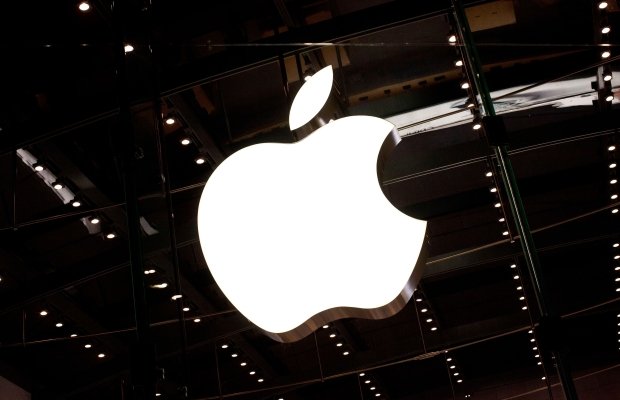Apple’s new iOS will be good for consumers but a headache for advertisers

In weeks to come, Apple will update all its platforms to iOS 14, impacting its apps, home screen and the IDFA (identifier for advertisers).
The changes to the IDFA, in particular, has caused uproar among marketers, with commentators claiming that Apple has crippled an $80bn industry. But what are these changes, and what does it all really mean for brands, advertisers and consumers?
With this latest update, Apple is making the entire app experience more immersive. Users will be able to place app widgets on the home screen, watch video content while engaging with other apps, and create an app library which uses artificial intelligence to show users the apps most relevant to them. The update also makes the iPhone more compatible with iPads and Macbooks that support iOS 14, making apps standardised across all devices. The update puts apps at the heart of Apple and is designed to give the user a more seamless journey that is unique to them.
All sounding good so far.
Read more: Apple becomes first US company to reach $2 trillion valuation
What has ruffled the most feathers is the new IDFA update. The IDFA, otherwise known as the identifier for advertisers, is a random identifier that is assigned to a user’s Apple device. This identifier can be used by advertisers to track data about users, such as the types of ads a user clicks on, allowing marketers to measure and attribute campaigns. In addition, it also enables advertisers to retarget audience segments within their app, such as those who have installed and not purchased or those who like to shop for a specific category.
With iOS 14, Apple will make the IDFA opt-in, meaning that in order to track users across mobile, brands and advertisers will have to explicitly ask for their permission.
This change ultimately champions user privacy, which Apple is aiming to place at the heart of its brand. Currently, even though the mobile IDs are anonymous, it’s far too easy to match these IDs to location data, email addresses and exact names, allowing advertisers to create user profiles if they wanted to do so.
Read more: Apple boots Fortnite off App Store after challenge to payment rules
For users, this update means more control over their data, but what does this mean for advertisers?
Primarily, advertisers will no longer be able to heavily rely on IDFA for tracking as users will have to opt-in, in the form of a pop-up notification box asking for permission to “track them across third-party apps and websites to offer personalised advertising”. For users, this message can appear a little scary, and there is little incentive to accept.
The conversation around IDFA deprecation has been in the industry for quite some time now, and it has not been about “will it happen”, but “when will it happen”. Therefore, in preparation many measurement partners have been investing in solutions.
To date, if the IDFA is not available, techniques such as probabilistic matching or device fingerprinting are used. However, they are not 100 per cent accurate. This technique collects more than 100 data points from the device’s hardware and software information to determine a likely match from the click and in-app events.
Read more: Report: Apple to bundle services under ‘Apple One’ subscription
Apple’s solution is the “SKAdNetwork”, which allows marketers and retailers to target advertisers without having access to information on users. Apple will use campaign IDs and collect no user data to measure attribution and share directly with marketers. But this provides limited measurement and does not allow for retargeting or impression tracking.
There is no quick alternative solution, and therefore brands and advertisers will need to invest carefully in app strategy going forward; adaptability and open conversations with your media buying teams and measurement partners are needed to navigate the changes.
Ultimately, this update hands power back to the consumer, who is given more control over their personal data. This is a good thing for everyone when it comes to building trust and loyalty with your brand and hence increasing user engagement.
Main image credit: Getty